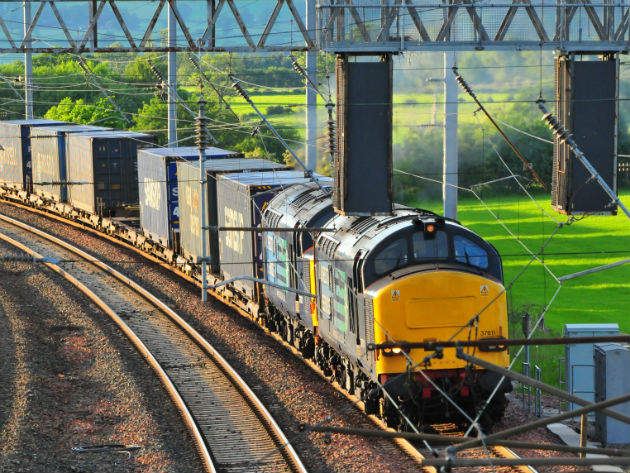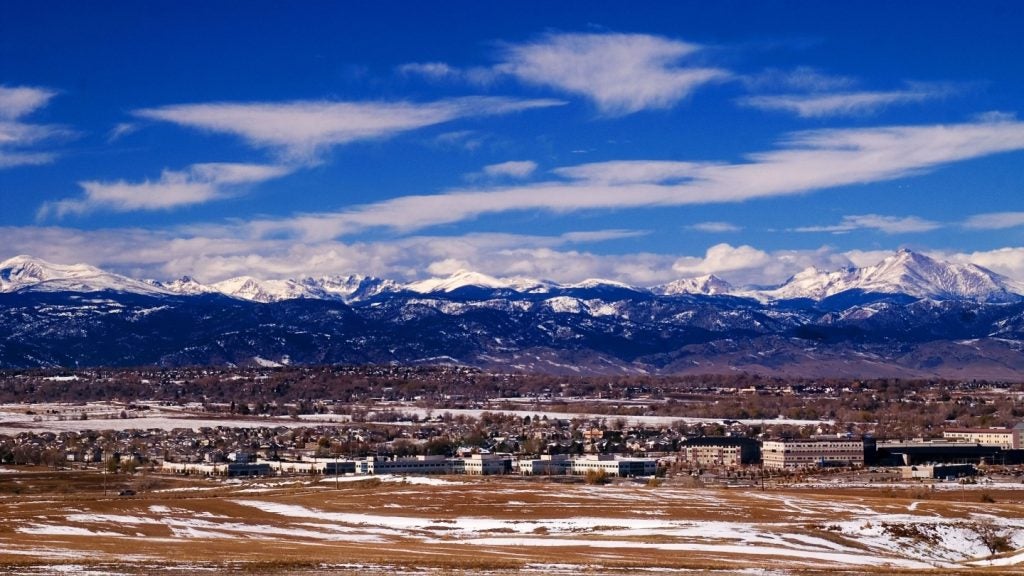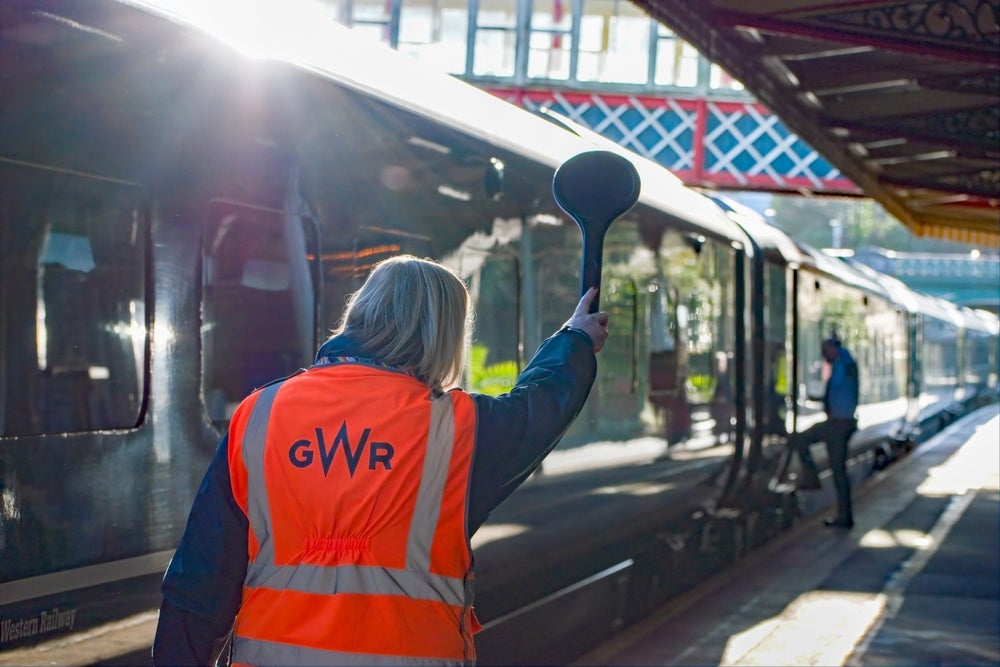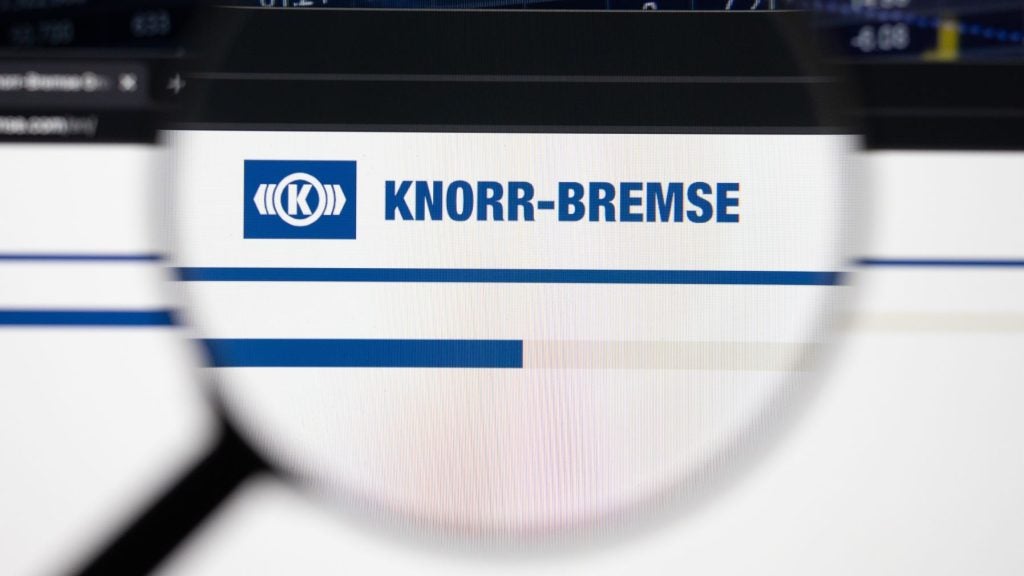

The UK rail freight sector is in a period of flux. A drop in the volume of coal cargoes is forcing operators to rethink and embrace new markets; a task that’s not to be underestimated. This is, to some extent, the reason why Network Rail has announced it is repurposing nearly 5,000 freight ‘paths’ – the reserved slots on the railway and in the timetable.
Speaking in March, Paul McMahon, Network Rail’s managing director for freight and national passenger operators said: “It is important the whole rail industry works together to make best use of existing capacity, to minimise the need for additional expensive capacity enhancement schemes.”
McMahon, who was unavailable for interview because of UK election purdah rules, added that it was “a real win-win” and has “truly been a collaborative piece of work with the freight operators”. He explained: “Capacity has been freed up for the whole railway but essential capacity is reserved for freight operators. This is important, given the need to support the growth of freight on the network to support the economy.”
From the freight operators’ side, Russell Mears, chief executive of Freightliner and chair of the Rail Delivery Group Freight Group, said in a statement that operators and Network Rail have “worked together in an effective and pragmatic way for the wider industry good”.
See Also:
In terms of the detail, per week, 4,702 allocated ‘paths’ that were not being used have been relinquished, freeing up space to run additional services, both passenger and freight. Network Rail insists it has not led to any reductions in the number of freight trains running on the network.
How well do you really know your competitors?
Access the most comprehensive Company Profiles on the market, powered by GlobalData. Save hours of research. Gain competitive edge.

Thank you!
Your download email will arrive shortly
Not ready to buy yet? Download a free sample
We are confident about the unique quality of our Company Profiles. However, we want you to make the most beneficial decision for your business, so we offer a free sample that you can download by submitting the below form
By GlobalDataSome of the released paths have now been taken up by passenger operators, including Virgin Trains East Coast, between Leith and Hartlepool; Great Western Railway, between Acton Yard and Slough; and Scotrail, between North Blyth and Mossend.
Putting in safeguards
It should be noted that freight companies could have rejected this move but, as Rail Freight Group executive director Maggie Simpson explains, “there's no point holding on to paths that you don't need”.
“I think it's a good step for the industry to have taken,” she adds, “It's absolutely sensible to hand them [the paths] back to Network Rail, clean up the timetabling…in a market [coal] where you know the traffic is not coming back. You have to do the right thing at times and you can't keep holding onto stuff that doesn't have any immediate sign of use.”
As Simpson says, there is little prospect that coal traffic – which in recent figures, Q3 of 2016-2017, fell to 0.46 billion net tonne kilometres, a drop of 34.5% compared with 2015-2016 Q3 – will stage a miraculous recovery. Nonetheless, there are other factors at play here.
Iron and steel traffic has also dipped, and freight companies are opting to run longer, fuller, heavier trains. “It's a reflection of the transition that rail freight is going through,” says Philippa Edmunds, from the Freight on Rail group. “I suppose the thing about freight is, markets change, origins and destinations change. I think giving up paths is viewed as a goodwill gesture. But, it doesn't mean to say we won't bid [to run a service] for other paths.”
What Edmunds and Simpson agree on is the importance of the 1,018 removed paths that have been safeguarded for future strategic freight growth. These, according to Network Rail, will be developed further, to cope with expected growth in markets like intermodal and construction material. “Without that commitment, I don't think we would have seen the collaboration that we have,” says Simpson, who warns, however, that strategic capacity is not full protection.
“But it does give the paths a little bit more protection in the timetabling process. If somebody bids for it, or a substantial part of it, then it will get sold, but this is intended to stop people from blighting an entire path. It will keep the best paths available.”
Freight: ‘getting on with it in the background’
Quite how this strategic growth plays out remains to be seen, but the more immediate benefits could be for passenger operators and passengers, says Douglas Leeming, an associate at Arup Scotland. “Passenger tends to be very high-profile,” he explains. “Politicians are on the case with that and there are lots of groups lobbying. Freight just gets on with it in the background.”
Leeming, who has almost 40 years’ experience in the industry, says that freight hasn’t helped itself “by historically retaining these paths and frustrating other development”. “It's only when Network Rail has to force the issue, that maybe they find there's a freight path that hasn't been used for two or three years, but is blocking a potential passenger service. Passengers are the ones who will benefit [most] from this.”
That’s not say the path is lost forever, Leeming adds. If freight transforms and really embraces a new market, “that path is potentially there for them to use, but of course on the assumption that the passenger market hasn't stepped in the meantime”.
Biomass, intermodal traffic and getting more and more road freight onto rail represent the three most encouraging areas of potential growth. “You have to say 'I can't stand still, so I've got to go out and chase new business',” explains Simpson, while Edmunds is keen to play up the environmental benefits of shifting from road to rail: “Rail can have an important role in long-distance consumer traffic,” she says. “A lot of our cities have air quality problems; if you use rail, you can get healthier air.”
It’s an interesting time, no doubt, but could more paths be given up in the future? It’s a question that requires more nuance than a straight yes or no answer.
“I don't think so,” is Leeming’s first response, before adding the caveat: “It all depends on what happens to the industry. If there's continued contraction, then yes that will be the case [losing more paths]. But, where there is traffic, the freight operators will retain their paths.”
Simpson speaks of the “challenges” of congestion and the difficulty of boosting growth. But Edmunds, who also works with the Campaign for Better Transport organisation, says, “I don't think that what has happened here reflects that we have to give up more.” Freight is in a healthy position, she says, and is demonstrating its “importance”.
Transition, flux, evolution – whatever description is used, the truth is hard to ignore: UK freight is now very different to what it once was, and there’s little to suggest this transformation will decelerate any time soon.







